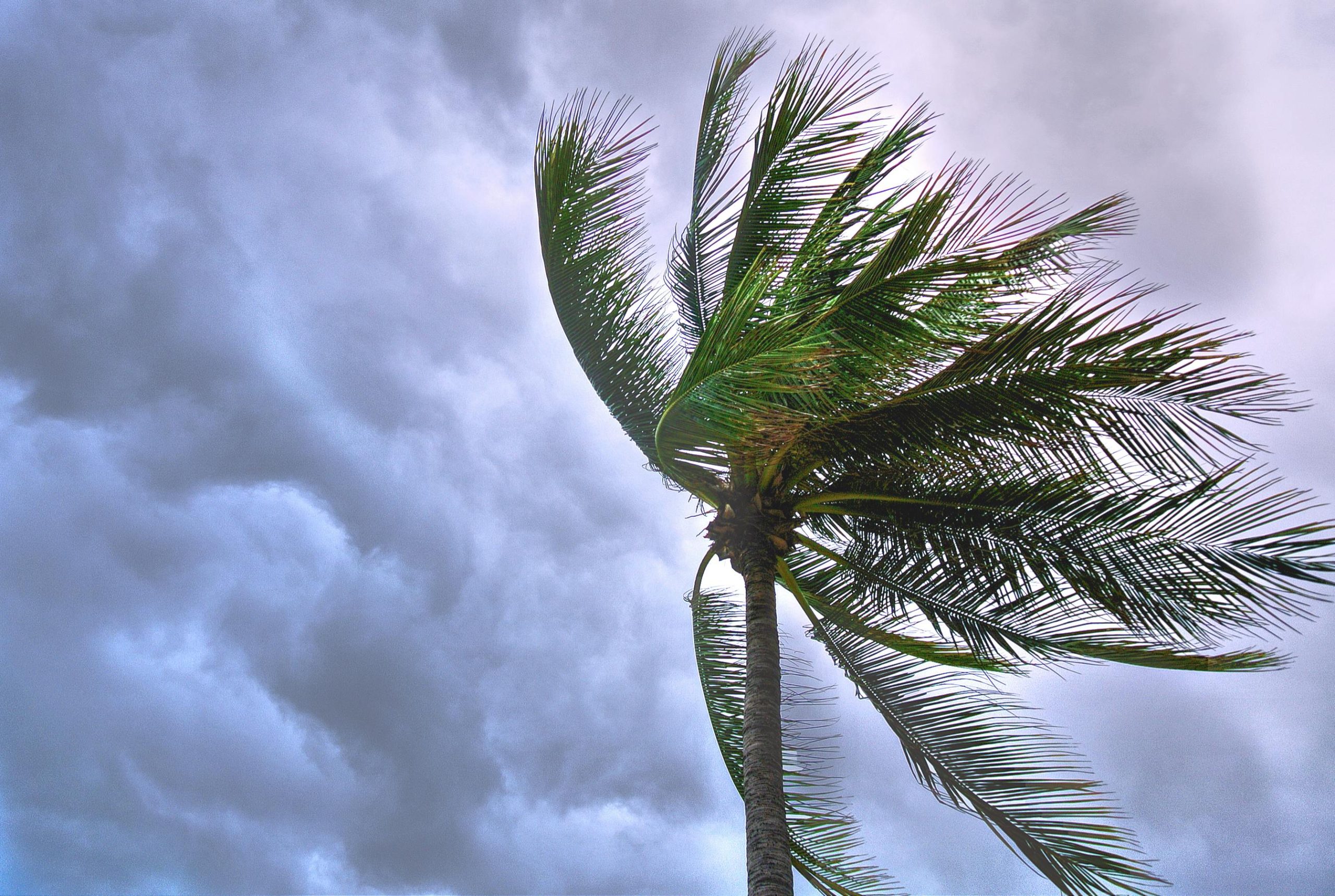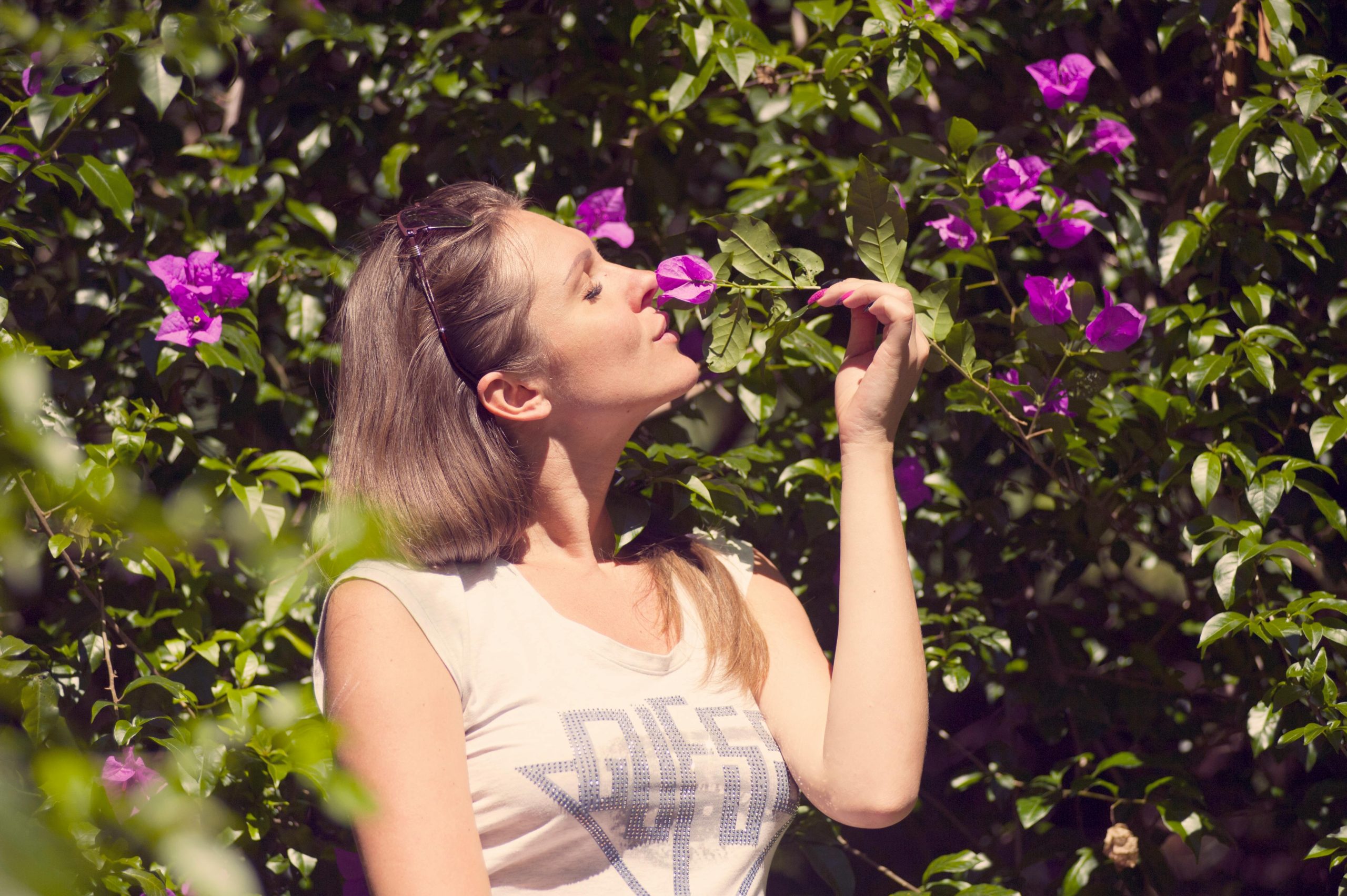Here Comes the Calm: How a Simple Grounding Practice Helped Me Find My Way Back
I’ve spent years surrounded by tools for emotional regulation—neurofeedback systems, coaching techniques, mindfulness practices. I know what works. But there was a season not long ago when knowing wasn’t enough. When breathing felt like work. When I wasn’t doing it well.
Some days, I found myself crying and didn’t even know why. Other times, it was everything all at once—the money, the roof, the AC, the people I love who were struggling. I’d wake up at 2 a.m. and couldn’t shut my mind off. My body was tense, my chest tight, and I couldn’t take a full breath.

Overwhelm doesn’t always arrive as panic. Sometimes it shows up as mental static. Like there’s no space to think. Like every open tab in your brain is screaming for attention and none will close.
That slow burn of overwhelm was building in me for weeks—maybe longer—and I know it does for so many others, too. It doesn’t always crash in like a panic attack. Sometimes it just sneaks up and settles in, unnoticed, until breathing feels hard and everything feels impossible.
The Technique
The 5-4-3-2-1 grounding technique was in the back of my mind—not because I planned to use it, but because our creative team at SYMMETRY Neuro-Pathway Training had asked me to help create a resource. Something simple. Something someone could use in the exact moment when the world feels like too much.
And that made me think about my time with Crisis Text Line—a dedicated community of volunteers who show up at all hours to let people know they are heard and they matter. I used to guide people through this same technique—naming what they could see, feel, hear. It helped them calm down, re-center, and feel safe in their bodies again.
Then one night, I woke up in the dark, gripped by doomsday thinking. My thoughts were racing, catastrophizing, looping. I desperately needed sleep—but I couldn’t slow down. My nervous system felt hijacked.
After repeating every affirmation I could think of with no relief, a calm thought surfaced: maybe I should try grounding.
Not because I thought it would fix everything. But because I needed something I already knew. Something that wouldn’t wake anyone else.
So, in the dark, I checked my breath. One of the simplest and most powerful things I learned while volunteering with Crisis Text Line was to ask, “How’s your breathing?” It sounds so basic—but stopping to notice whether you’re holding your breath can shift everything. I started naming what I could see. Feel. Hear. Smell. Taste. My mind kept trying to drag me back into the fear spiral—but I gently kept going.
And it worked. I went back to sleep.
 More Than Just a Crisis Tool
More Than Just a Crisis Tool
I decided to try using the 5-4-3-2-1 technique when I wasn’t in a full tailspin—because I kept thinking about it. I’d been writing about it for others, creating content and resources that we hoped people would actually use when things felt impossible. And then, I had a moment where I thought: you’re so gung ho on telling other people it helps—but can you tell them how it feels? What if this worked for me too? What did I really have to lose?
I decided to practice it when I wasn’t overwhelmed. Just to see how it felt. To see if it would shift anything in my body. I started using it before meditation, just to settle. Not because I was spiraling, but because I wanted to see if it could help me feel more present. And it did.
Even though you can use the technique anywhere and at any time, I decided to have a dedicated space. When I started to feel a hint of anxiousness, dread, or overwhelm… I stopped and actually said aloud: YOU need to ground yourself. As this came up, I landed in one of two spots. Sometimes it’s my favorite chair—a thrifted Pottery Barn double wide with a velvet slipcover and down-filled pillows that feel like a hug. Other times, it’s my rickety old deck that overlooks the Savannah River and is one of my favorite spots on this earth. From there, I can see the river flowing, alligators, turtles, eagles, osprey, herons, the sun rising over the trees—and sometimes a storm rolling in so dramatically it feels surreal.
If the mosquitoes are biting or the heat index hits 115 °, I migrate indoors. I used to make myself stick to one predetermined spot—like I had to stay put in the place I’d picked if I wanted to become grounded. That was the rule I made up: go to your spot, stay there, and don’t move until you’re grounded. Eventually, I gave myself permission to break that rule—because, to be fair, I was the one who made it. Turns out, presence moves with you. You don’t have to be still to be present.
I sit, place my feet flat on the floor—because come on, grounding works better when you're actually grounded, right? I promised myself I wouldn’t get caught up in the details, but this one made me laugh a little—and felt oddly important.
Before I list anything, I want to say this: writing, drawing, doodling—just making marks on paper—has always been a part of how I process the world. I can’t be in a meeting of any kind without a pen and paper in my hand. So it’s no surprise that when I started using this technique, I naturally wrote things down or drew pictures that reminded me how I was feeling. Not always during the moment, but sometimes after. And not from one session—what I’m sharing here is a composite of things I’ve noticed over time. Tiny details that reminded me to stay in the moment—instead of projecting fear into the future or ruminating on the mistakes or problems from yesterday, or even an hour ago.
These aren’t exact counts from one session. They’re fragments of real moments I jotted down—sometimes during, sometimes after. Just little snapshots of presence that reminded me I was here. That I wasn’t lost in yesterday’s chaos or bracing for tomorrow. Just here. Just now.
 What I Noticed (Over Time)
What I Noticed (Over Time)

Things I saw: The sun shining through my dirty windows (clean on the inside, still streaked on the outside—another to-do that isn’t done). Cora 2, the giant Carolina House spider who lives in the corner—between the screen and the glass of the window. She catches the bugs that fly around the outside light. Kudzu vines that wrap tightly around the trunk and branches of my tulip tree, squeezing the life out of it—no leaves this year, which makes me sad. My crusted, calloused big toe—still waiting for the pedicure I haven’t made time for since December. A pile of notebooks I can’t throw away. (Turns out my habit of needing a notebook and pen in every meeting extends to pretty much everything—I think better when I can write it down. Period.) The bright orange-red of the sun coming up over the trees. The river so clear you can see the turtles and fish swimming below the surface.

Things I felt: Wind from a strong storm rolling in—blowing my hair, getting dirt in my eyes, carrying that charged energy you can feel in the air. As the gusts pick up, I feel the temperature drop. The tops of the pine trees bend and sway, but they don’t snap. I catch myself thinking—there’s probably a metaphor here, something about resilience or leaning instead of breaking. But I stop myself. This isn’t about thinking. This is about feeling. This is about being in the moment. My wet hair on the back of my neck. A pain in my left knee that eases as I shift. The aforementioned crusted, calloused big toe—(yes, I touched it, that’s how I know it’s rough and crusty!). The queasy feeling in my stomach softening. A mosquito biting my elbow. I swat it, and then try to ignore the itch.

Things I heard: The hum of the fridge. Two men talking in a boat out on the river. A train whistle in the distance. A loud truck coming around the curve in the road. A hawk. A blue jay. I’ve learned to tell the difference between birds using an app that identifies them by sound—another small way I try to stay present in the moment. And let’s be honest, I think I saw a meme that said women my age are required by law to have birdwatching as a hobby—so I’m just doing my part.

Things I smelled: Coffee. A trace of palo santo I burned earlier to clear the energy. That musty scent that comes from wet wood after a storm. The hint of smoke from a neighbor’s fire pit. Something sweet—like honeysuckle, or a flower I haven’t been able to name yet.

Things I tasted: Strong peppermint toothpaste—so intense it burns my tongue a little. A weird, charcoal-gray powder that’s supposed to remineralize my teeth. Lemon in my water. A pickle I ate for breakfast (don’t judge).
 What Comes After Grounding
What Comes After Grounding
I used to write the list down each time. Now, I whisper it to myself or count silently on my fingers—no one else needs to know. I do it standing in line. Sitting in traffic. Whenever I feel that undercurrent of dread rising.
And if I skip it? The anxiety comes back faster.
This little ritual became an act of self-trust. I didn’t wait for full panic anymore. I used it when my nervous system started whispering that something was off.
It doesn’t fix everything. But it reminds me: I’m safe. I’m here. I’m okay. And that’s often enough to keep going.
The shifts are small, but they’re real:
- My breathing slows.
- I stop clenching my jaw and my shoulders relax.
- My thoughts feel quieter.
- Gratitude begins to rise, like water creeping up a paper towel.
And the world becomes a little more manageable.
To me grounding felt like the Beatle’s Song - Here Comes the Sun… you know the one that says “Here comes the sun, doo, dun, doo, doo…Here comes the sun, and I say It's all right.”
Sometimes it’s not the big breakthroughs that move us forward—it’s the small, ordinary moments that remind us we’re still here. Still breathing. Still capable of choosing calm, even when everything feels chaotic.
That’s what opened the door for me. And that’s what I want to share next.
Why I’m Sharing This
This didn’t start with a breakthrough. It started with breakdowns:
- A crisis call from my grandson.
- A roof leak (after paying for a new one).
- 110-degree heat and a broken AC.
- A toilet that wouldn’t unclog.
- People I love facing their own mental health challenges.
- Deadlines. Pressure. Fear.
I didn’t reach for the most powerful tool I had—neurofeedback. I had a brain map. I knew my brainwaves needed help. But I didn’t book a session. I didn’t even meditate.
I just did this. One simple thing. Because it was the only thing I had energy for.
And that one thing opened the door to more. Tools like EFT tapping, Neurographica, and brain training started to feel accessible again. I won’t go into detail here—this is about grounding—but I’ll share more on those simple, often free, tools soon if you’d like to follow along.
If you’re in a place where everything feels like too much—please know, I truly get it. When you're carrying so much, it makes perfect sense that even the smallest next step can feel unreachable. Sometimes the hardest part is even remembering that help exists—let alone finding the energy to reach for it.
 Why This Works (Brain-Based View)
Why This Works (Brain-Based View)
When you're anxious, your nervous system goes into fight-or-flight mode. Stress hormones flood your system. Thinking clearly becomes almost impossible.
The 5-4-3-2-1 grounding technique activates your brain’s interoceptive system—helping it register the body’s presence in the here and now. It calms the amygdala and sends a signal of safety to your nervous system.
It doesn’t just change how you think. It helps your brain feel safe enough to think at all.
 One Small Step at a Time
One Small Step at a Time
I’ve worked with SYMMETRY Neuro-Pathway Training for years. I’ve used neurofeedback. I’ve seen the science.
But when I was overwhelmed, I didn’t turn to the big solution. I started with this. One small, doable step.
If that’s where you are too, start here. And when you're ready for the next step? Brainwave regulation might be part of your path too.
